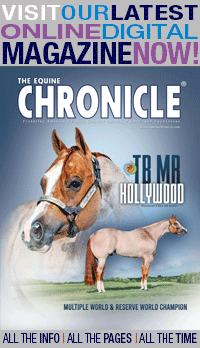Hone Your Horsemanship Skills at Equine Affaire 2020
February 17, 2020 Comments Off on Hone Your Horsemanship Skills at Equine Affaire 2020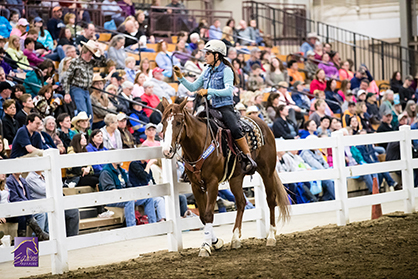
This year’s event showcases the knowledge and talents of Jonathan Field, Craig Cameron, Warwick Schiller, Tik Maynard, Lynn Palm, Jonath Robles and Jim Thomas, plus dozens of other discipline-specific clinicians. With clinics covering everything from general training and horsemanship to core strengthening and yoga for horses, there’s a session for everyone.
Continue reading …Alternative Treatment for Foal Pneumonia
February 16, 2020 Comments Off on Alternative Treatment for Foal Pneumonia
Pneumonia caused by Rhodococcus equi is an insidious, often fatal, infection of foals. It causes abscesses in the lungs and can prove challenging to treat. A combination of two antimicrobials, azithromycin (AZM) and rifampicin (RIF), is widely used for treatment. Combination therapy is necessary as bacteria rapidly develop resistance to rifampicin if it is used on its own.
Continue reading …The Future of Veterinary Medicine
February 15, 2020 Comments Off on The Future of Veterinary Medicine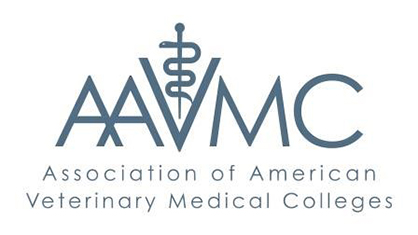
“The future may be unknown, but that doesn’t mean we as a profession can’t prepare for change,” said Dr. John Howe, president of the AVMA. “As the report makes clear, organized veterinary medicine can take steps to identify currents and trends and use those insights to determine how we can most effectively lead the profession into the future.”
Continue reading …Aservo® EquiHaler® is First “Equine Inhaler” For Severe Asthma
February 11, 2020 Comments Off on Aservo® EquiHaler® is First “Equine Inhaler” For Severe Asthma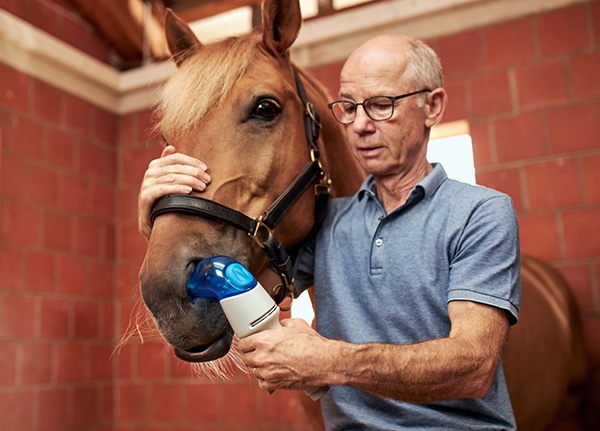
The newly approved inhaler is designed specifically for use in horses. It includes an ergonomic handle and dosing lever for ease of user handling, and a nostril adaptor that fits gently inside the nostril of the horse, allowing them to easily inhale the medicated mist. The active ingredient in the Aservo® EquiHaler® is the prodrug ciclesonide, which is a corticosteroid that is activated directly in the lung, reducing lower airway inflammation associated with severe equine asthma.
Continue reading …Did You Know That Less Than 3% of a Tech’s Schooling Covers Equine Medicine?
February 9, 2020 Comments Off on Did You Know That Less Than 3% of a Tech’s Schooling Covers Equine Medicine?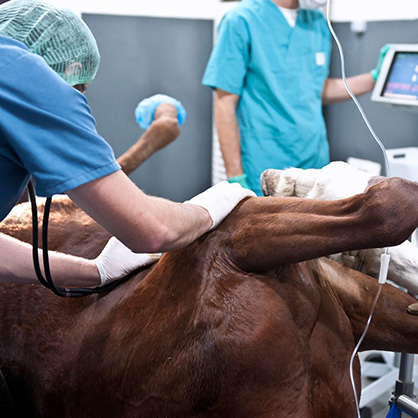
Did you know that less than 3% of a technician’s schooling covers equine medicine? With this lack of training, how do equine technicians learn the basics of what it takes to become a valuable asset on the job?
Continue reading …Splashed White 5 Testing Available from APHA Partner Labs
February 5, 2020 Comments Off on Splashed White 5 Testing Available from APHA Partner Labs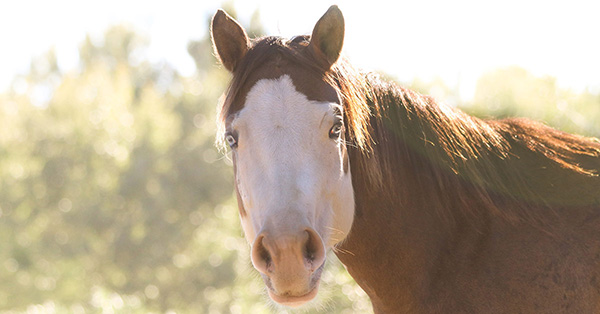
“There are many different white-spotting phenotypes in horses,” said equine genetics researcher Tosso Leeb, Ph.D., of the University of Bern in Switzerland. “Often the exact genotype cannot be solely determined by looking at the phenotype of a horse and/or the genotypes of the parents, so breeders need to know whether a horse carries SW5 or not.”
Continue reading …When Everything Goes Wrong- Dystocia Dilemma
February 5, 2020 Comments Off on When Everything Goes Wrong- Dystocia Dilemma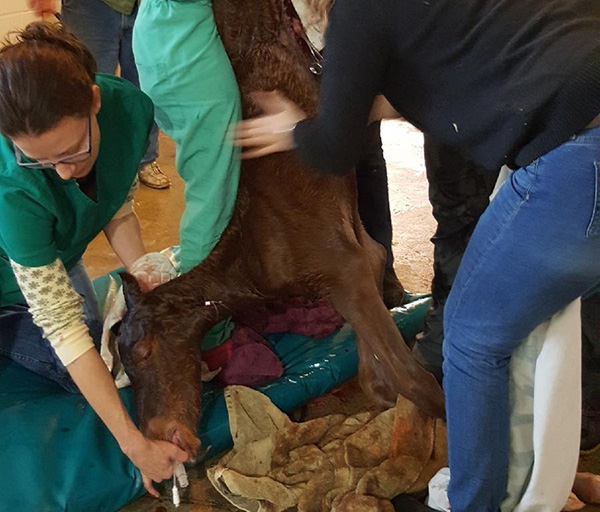
She gets up and paces a few anxious circles before settling down again. But something is wrong. Instead of seeing two, front feet followed by a tiny nose, one hoof is missing. It’s time to call in the experts.
Continue reading …See How Your Horse Compares to Others in Trainability, Breed-Typical Personality Types, and More
February 4, 2020 Comments Off on See How Your Horse Compares to Others in Trainability, Breed-Typical Personality Types, and More
The horse-lore that has accumulated over the centuries is a rich mix of both useful practice (approaching horses from their left side, making them slightly less reactive) and unsubstantiated myth, such as the one that chestnut horses are especially difficult to deal with.
Continue reading …Selecting the Perfect Horse Hay Feeder
January 31, 2020 Comments Off on Selecting the Perfect Horse Hay Feeder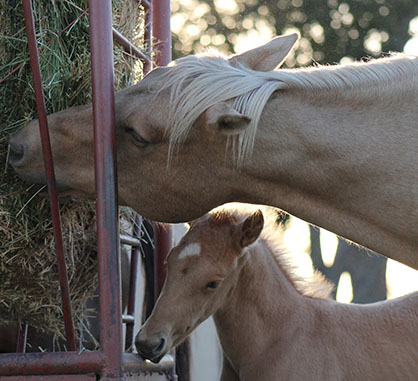
Cow feeders may be more readily available and cheaper than horse feeders, but does this make them a good option for use around equines? The answer is a resounding “No!”
Continue reading …AQHA Approves Zimeta as Therapeutic Medication
January 28, 2020 Comments Off on AQHA Approves Zimeta as Therapeutic Medication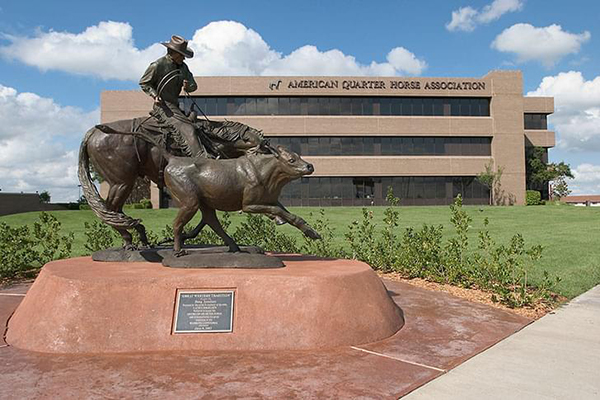
The American Quarter Horse Association Executive Committee has approved the use of Zimeta (dipyrone injection) as a conditionally permitted therapeutic medication under AQHA Rule VIO403 in the Official AQHA Handbook of Rules and Registrations, effective immediately.
Continue reading …